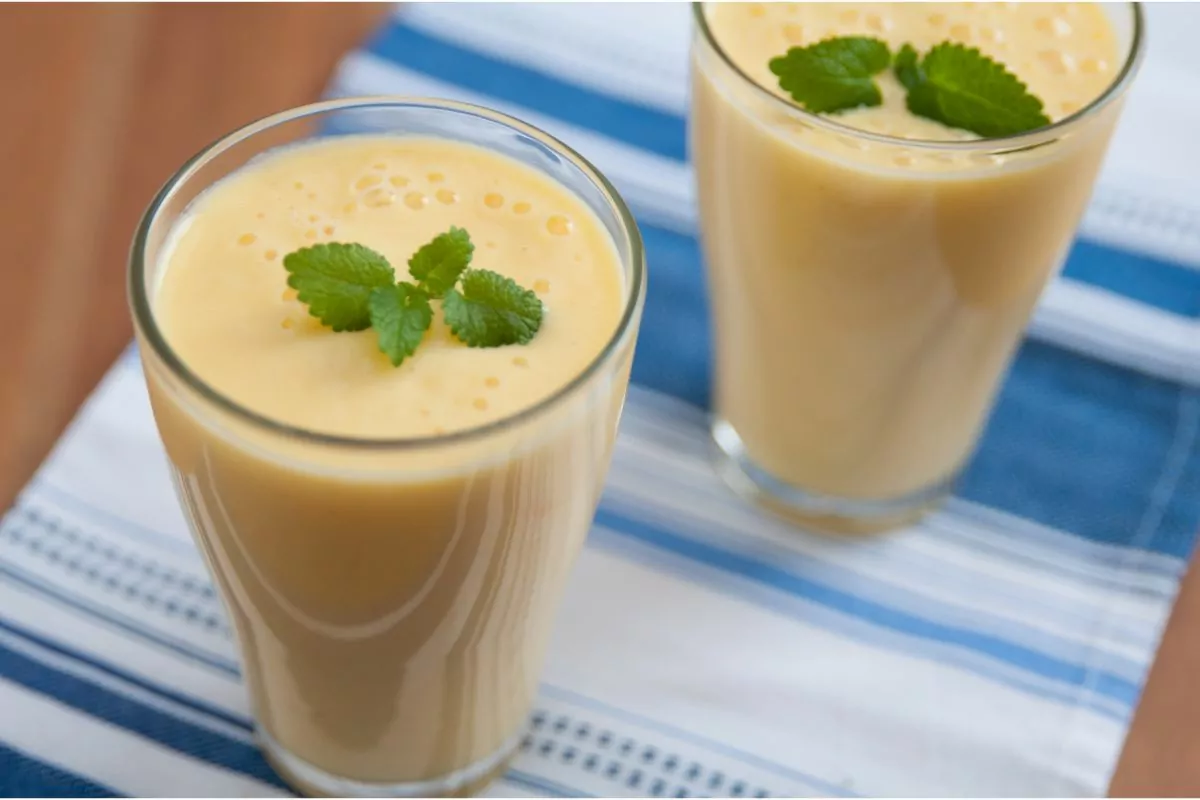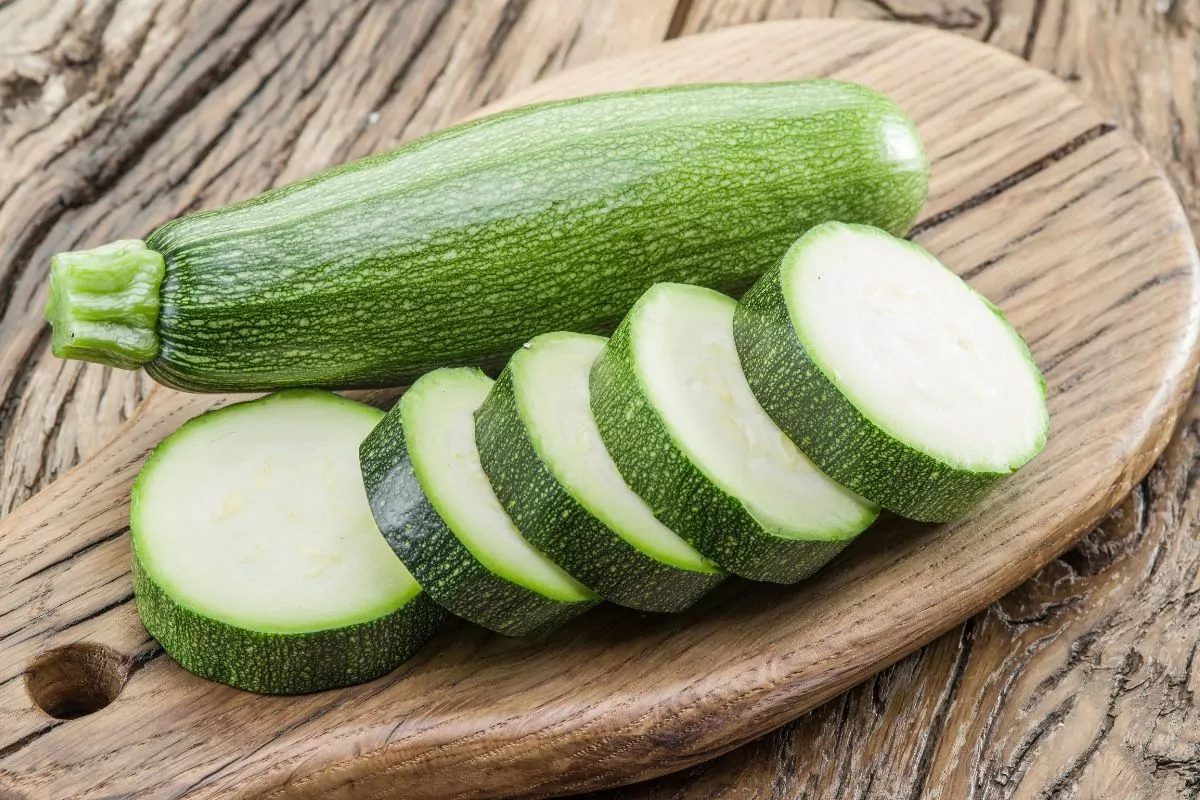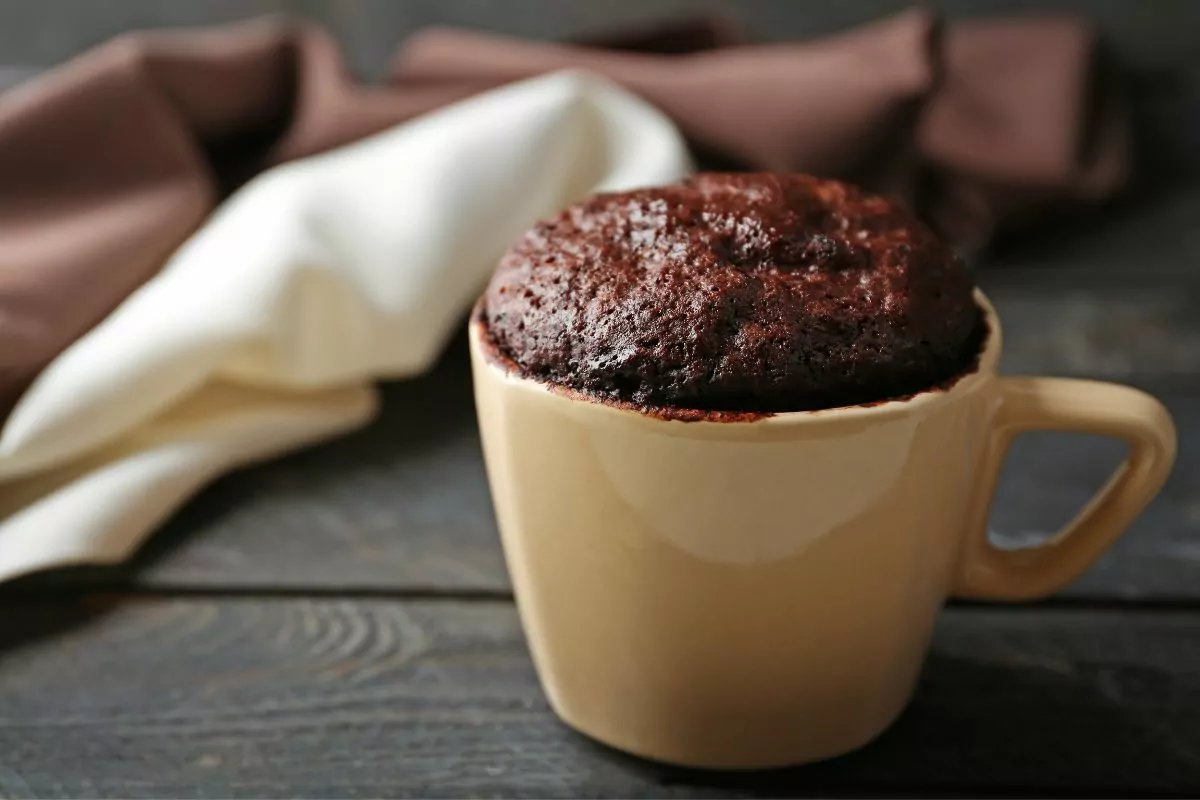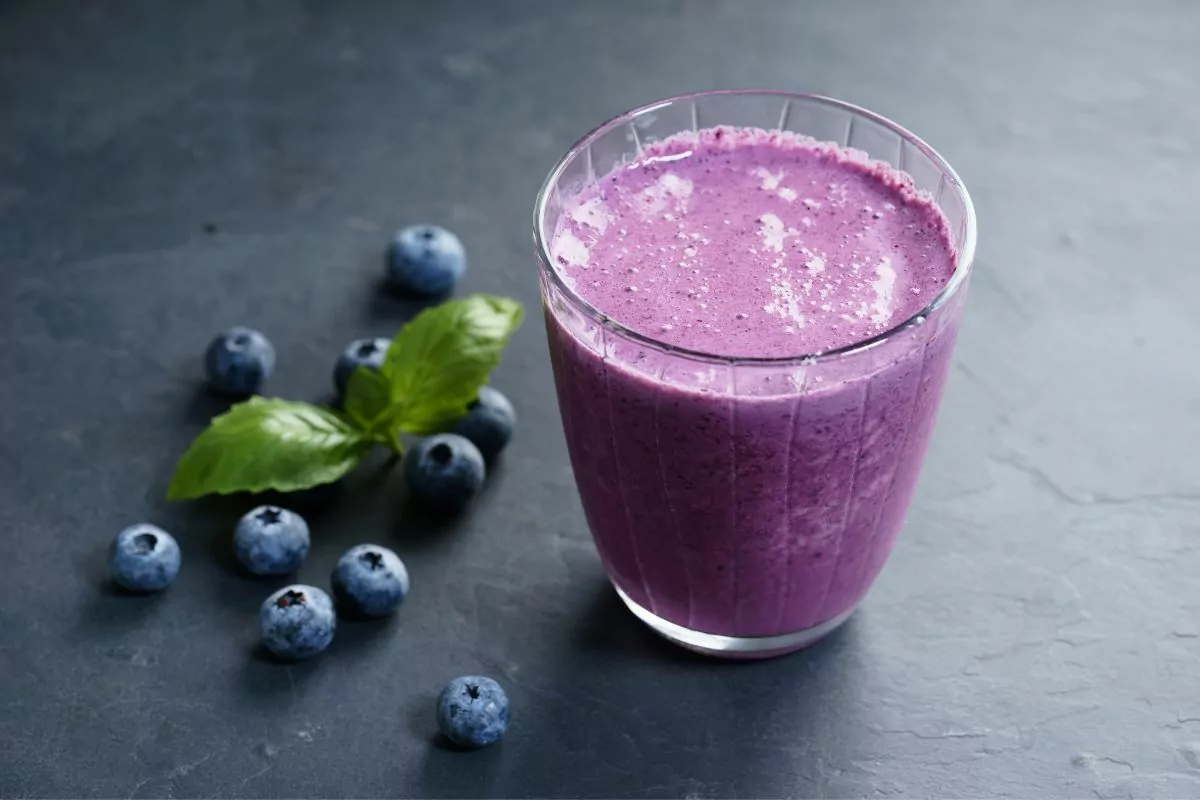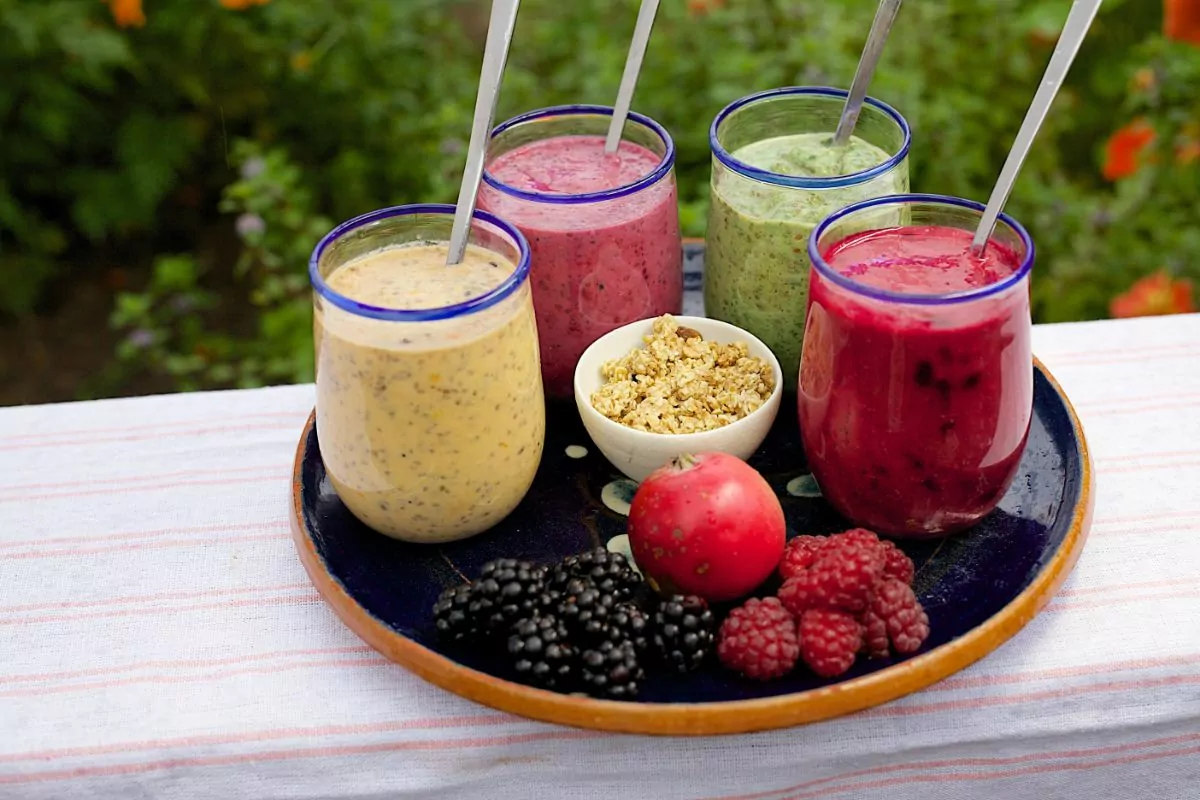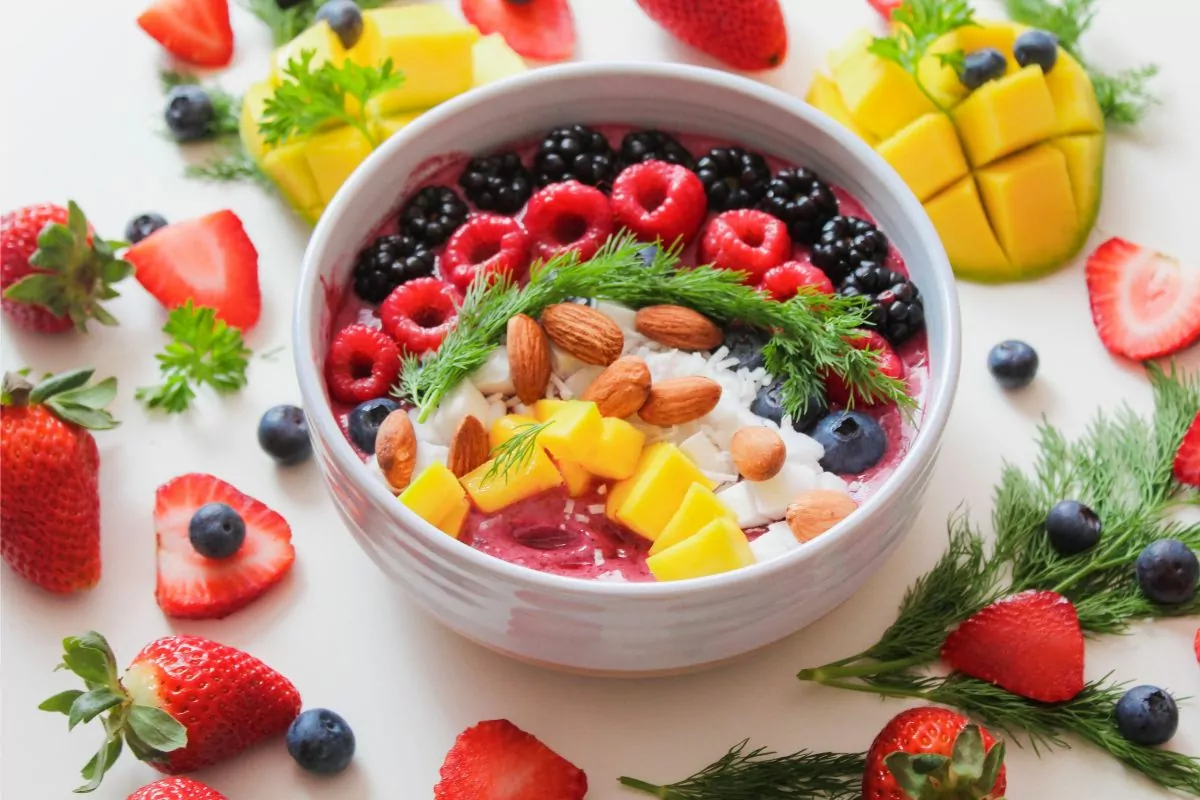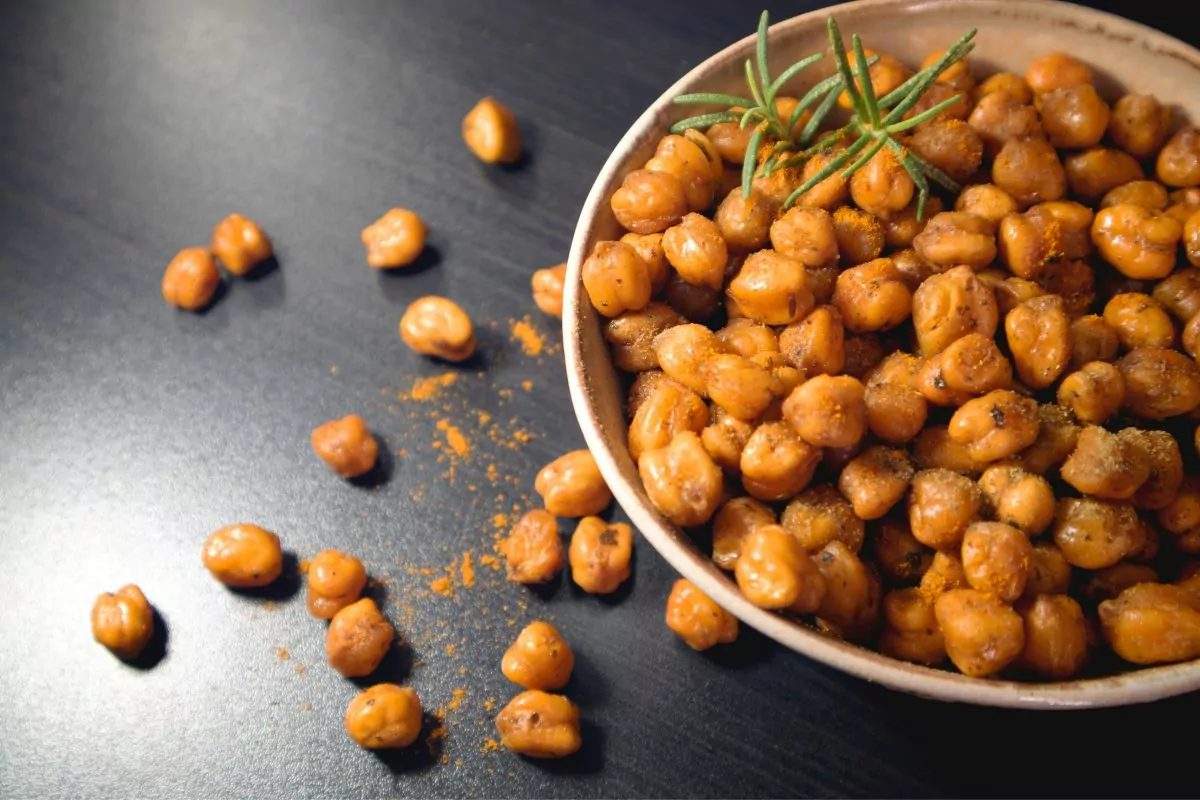A wonderful dairy-free yogurt substitute is this homemade coconut yogurt. Which only requires 3 ingredients and is thick, creamy, and easy to create. It has no added sugar, vegan, gluten-free, keto, low-carb, whole30, plant-based and gut-friendly probiotics.
The only tools you’ll need to produce this vegan yogurt recipe are a thermometer and three simple ingredients.
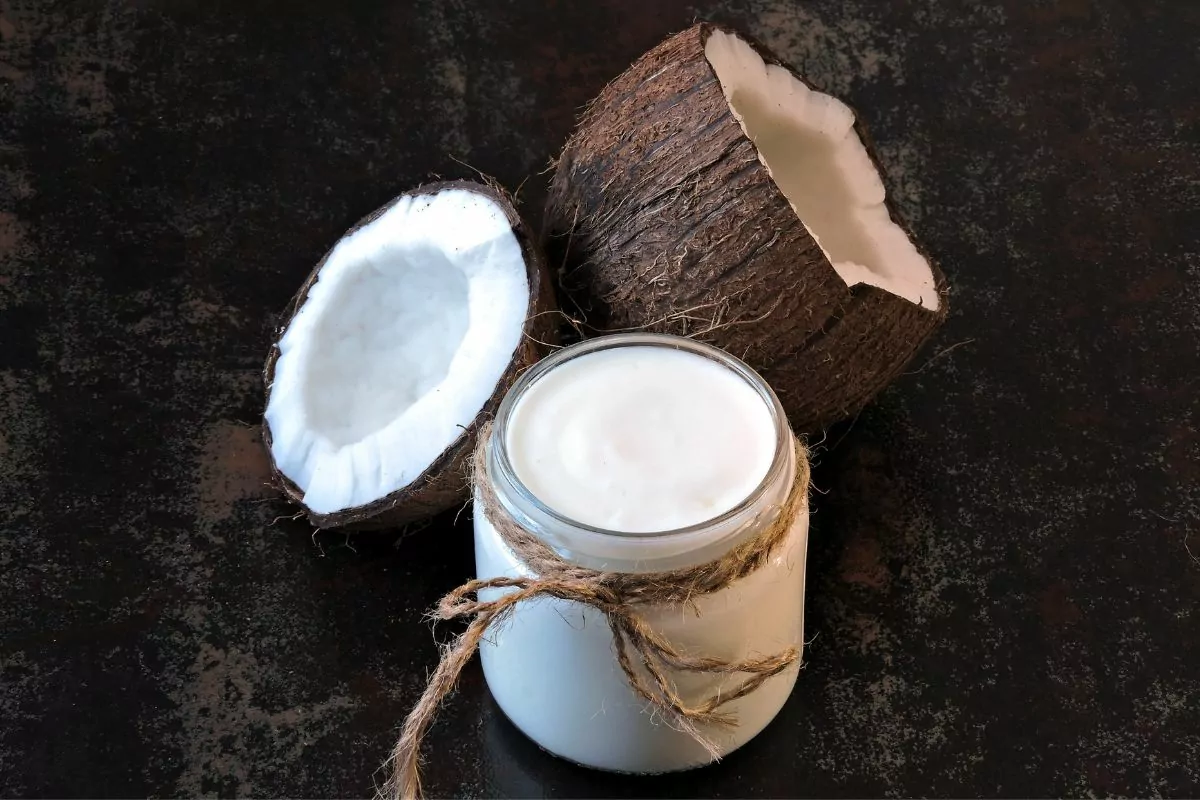
This coconut milk yogurt (Check out this Mango Coconut Lassi Recipe Here) has a thick, creamy consistency that is similar to “genuine” yogurt and has a tangy flavor.
Yet, it also has a delectable addition of faint coconut flavor as well. In this article, we are going to show you how you can make this easy vegan coconut yogurt yourself at home.
Coconut Yogurt: What Is It?
Dairy milk is fermented with a starter to create dairy yogurt. Coconut milk yogurt, on the other hand, imitates the procedure using a vegan starter and dairy-free coconut milk.
To attain the thick, creamy texture we desire from any yogurt, most recipes additionally include a thickener, which is usually cornstarch.
The end product is a delectable coconut milk yogurt that is dairy free and casein-free. Furthermore, this homemade coconut yogurt just needs three ingredients.
As opposed to commercial versions that could include stabilizers, sweeteners, and fortified vitamins.
Is There A Difference Between Dairy Yogurt And Coconut Yogurt?
The nutritional differences between plain unsweetened coconut yogurt and cow’s milk yogurt go beyond just flavor.
For instance, coconut milk contains more fat and less protein and calcium than other dairy products. Coconut yogurt is excellent for the keto diet because of these advantages.
Additionally, a good source of numerous nutrients is this vegan coconut yogurt. Furthermore, this yogurt recipe has probiotics which are good for the gut, much like dairy yogurt. These enhance immunity, intestinal health, and general wellness.
Ingredients You Need
Below, we have listed all the ingredients that are required for this vegan coconut yogurt recipe. With that being said, only 3 ingredients are needed, making this recipe super easy to create yourself at home.
- Coconut Milk – It’s ideal to use canned natural, full-fat coconut milk. As an alternative, you can make your own coconut milk by combining 2 cups of filtered water to 1 cup of coconut meat.
- Cornstarch – Cornstarch is used to aid in thinning the dairy-free yogurt to the proper thickness. Tapioca starch ought to also work as well.
- Starter – You have two choices in this scenario: probiotic capsules or a starter culture for non-dairy yogurt, such as plain coconut yogurt. Search for varieties with living, active cultures.
Make sure any probiotics you use don’t include prebiotics or other enzymes. Otherwise, the method won’t function properly. In addition to that, make sure the yogurt you choose doesn’t include any unwanted additives.
Tools Needed
There aren’t many tools that are needed to create this yogurt. The equipment you need is the following:
- Silicone or wooden spoons (don’t use metal spoons),
- Saucepan,
- Sterilized jars,
- Instant read thermometer.
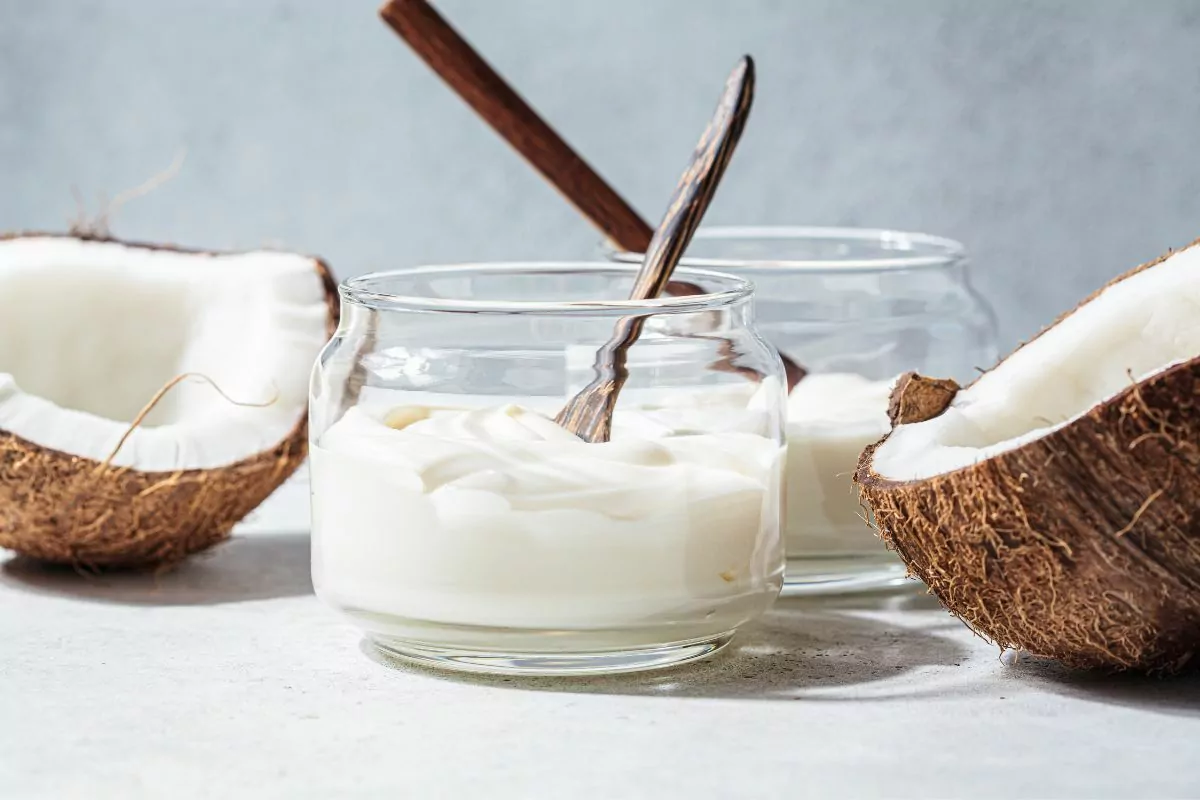
Steps To Create Vegan Coconut Yogurt
The following are the simple steps you need to follow in order to make your own vegan coconut yogurt.
Step 1: Sterilize Your Equipment
To begin with, heat your oven to 325 °F/160 °C. Then wash and thoroughly rinse everything in hot, soapy water.
Place the jars on a fresh oven sheet, being careful not to include any rubber or non-heatproof components. They should be heated for 10 to 15 minutes until totally dry.
In addition to that, you can sterilize your equipment by boiling them in hot water for 10 minutes instead.
Step 2: Heat Your Coconut Milk
In a small bowl, mix together the cornstarch and 1 to 2 Tablespoons of coconut milk until completely lump-free.
If necessary, sift it to get rid of the lumps. Although it may be more difficult to remove the lumps, you could add the starch straight to the pan.
Once lump free, add the remaining coconut milk to the cornstarch slurry. Then transfer the mixture to your saucepan.
Stirring occasionally, cook the mixture over medium-low heat until it reaches 180 °F/82 °C.
Allow the milk to cool until it reaches a temperature of 108-111 °F (42-44 °C). This temperature will promote fermentation without harming the starter.
Step 3: Include Your Starter
With probiotics, mix one spoonful of the chilled coconut milk with the probiotic capsule contents or yogurt powder starter.
Once lump-free, continue mixing. Then, add it and whisk in the residual warm coconut milk.
When using coconut yogurt, stir the warm milk thoroughly after adding your coconut yogurt.
Step 4: Incubate The Coconut Yogurt
Pour the heated coconut milk concoction to glass jars of your choice. After that, let them develop in a warm environment.
The duration of your fermentation varies depending on the environment. For instance, optimal fermentation lasts for 10–12 hours at 104 °F/40 °C. This could take 24-48 hours to simply leave the jars in a warm location of the kitchen.
This homemade coconut yogurt will get tangier the longer it ferments.
Transfer the jar(s) to the refrigerator to continue setting for at least another six hours after the incubation period is over.
It will continue to thicken throughout this time and turn into a truly creamy plant-based yogurt.
In the refrigerator, homemade coconut yogurt should be kept for one to two weeks. Instead of keeping it in a large single jar, we advise keeping it in multiple smaller ones.
The unopened containers will stay fresher for longer in this manner.
Conclusion
This vegan coconut yogurt is extremely easy to create. It is really thick and creamy, that is the best vegan substitute to the dairy alternative.
Anyone could make this yogurt, and you can even personalize it to have other flavors such as vanilla or maple syrup as well.
We hope this article has helped you to make your own vegan coconut yogurt.
- How To Make A Sweet Potato Quinoa Vegan Salad - September 12, 2022
- How To Make A Cucumber, Apple And Pineapple Juice - September 12, 2022
- How To Make French Toast Without Eggs - September 12, 2022

